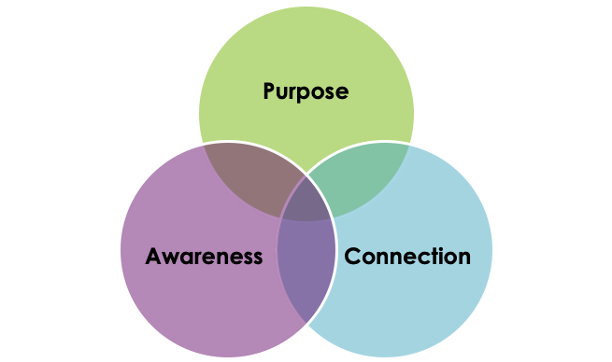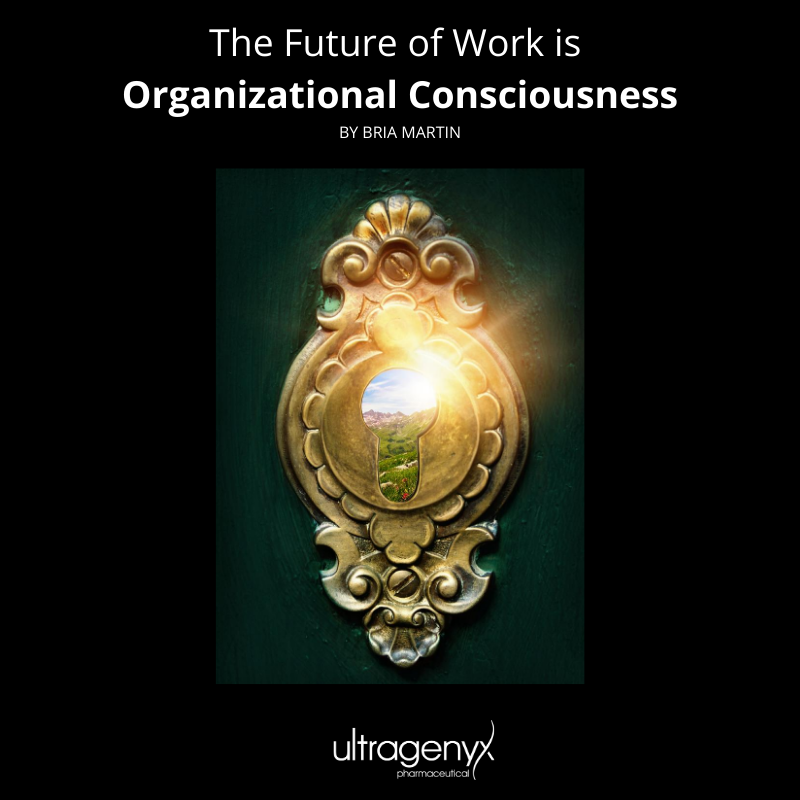My first boss and dear mentor told me, when I joined his management consulting firm, that he saw our work as helping our clients create organizations where he would be proud to have his kids work. As a 22 year-old (who thought I had it all figured out at the time), I thought this sounded really cool.
But a decade or two later, as a mother myself, in these turbulent times, these words have taken on a much deeper meaning for me. Today, as a mother of two, and a stepmother to two more children, I find myself wondering:
- Will my company be a place where my daughter and stepdaughter encounter a #MeToo moment?
- Will my friends and colleagues with black or brown skin feel like they have equal opportunities and treatment as those who are white?
- Will my son and stepson feel a sense of psychological safety so they can say what really concerns them at work, without fear of retribution?
Unfortunately, when I ask myself these questions and then look at the stats and data around organizations today, I’m saddened by what I see.
- 60% of women experience sexual harassment in the workplace
- Less than 8% of the professional ‘white’ collar workforce is black
- 61% of employees are burned out on the job
These numbers certainly don’t paint a picture of places where I would be proud to have my kids work. And right now, with a global pandemic, racial injustice, an alarming wealth-gap, all while our planet is breaking before our eyes – it could not be more clear that we need profound change. The way we are working, living and relating to each other isn’t working, and hasn’t worked for a long time.
Today, the conversations about the future of work are dominated by remote working, and virtual meetings. While yes, these are adaptations that need to happen given the current environment, they don’t even begin to account for the level of transformation required for humanity to truly thrive in this next era.
Organizations, today, have a real and present opportunity to create environments where employees feel empowered to help humanity and the planet, along with generating shareholder value. The driving focus on earnings, market share growth, and stock price has shown its limitations. People, communities and the planet are showing deep wounds from our narrow lens. It’s time to wake up our organizations and raise our collective consciousness to what is possible.
All around the world we are seeing the possibility and the benefits from a rise in consciousness. People are waking up and realizing there is work to do within ourselves, with each other and with our planet in order to change the state of the world. We see this in social movements like Black Lives Matter and MeToo and environmental movements mobilized by teenagers like Greta Thunberg – with large corporations now making big commitments and investments to fight for racial justice and become carbon-neutral or negative. This rise in consciousness inspires new hope and possibility for the future – but it needs to be amplified and expanded for us to truly shift the trajectory we’re on today.
To do this, companies must embrace an expanded aperture, which I am calling Organizational Consciousness. This is the work within companies to intentionally try to evolve the humanity of both their business and their people. Leaders can do this by making humanity the bottom line for their business, by creating a culture of profound personal growth for their people, and by consistently asking themselves the question: How is our work as an organization – from what we do to how we do it – contributing to the betterment of humanity?
Right now, there is a unique opening for an Organizational Consciousness movement. Until recently, our work and personal lives have been largely navigated separately – with an unspoken rule that the two shalt never meet. But in the last decade we have seen our work-selves and personal-selves merge. And now, with a global pandemic, there has been a profound work-life mashup that has shattered the fourth wall that has separated home from work. But with this merging of the work-self and personal-self also comes a bigger responsibility for leaders: to create businesses and cultures where all human beings can thrive.
I know, it sounds big and amorphous – and yes, the nature of change that I am trying to inspire takes years of intentional work to evolve most companies. But, it can be done! Moreover, it can lead to a host of diverse benefits ranging from breakthrough innovations, incredible business results and a thriving culture that can weather the storm of a global pandemic or any challenge that arises.
Over the last five years we have piloted the Organizational Consciousness approach at Ultragenyx. When I was offered this role, I knew I wanted to create an organization where I would be proud for my kids to work – and I was fortunate to join an already purpose-driven company with a set of leaders whole-heartedly committed to this work. With a company mission to improve the lives of our rare disease patients, and a culture that supports profound personal growth, we have seen some incredible results at Ultragenyx, including:
- the launch of four products in two years, with two approvals in less than two weeks in 2020
- one of the most successful commercial rare disease treatment launches of all time
- 84% favorable employee engagement scores that have strengthened further during the pandemic
- known for responsible pricing (in an industry that doesn’t garner this type of recognition)
- 1-2 years faster in rare disease development timelines than most other rare disease companies
- reputation as being the class act of rare disease companies
The last five years have shown me what is possible for organizations today, and I’m excited to share how you can create truly conscious organizations that will thrive in the future. There are three key parts of the Organizational Consciousness approach: Awareness, Connection and Purpose. For each of these components there are two dimensions: the inner work and the outer work. The inner work refers to the work inside your company culture to create an environment for profound human growth. The outer work refers to what your company delivers to the world and its overall impact on humanity and the planet.

Over the next several weeks I will unpack each aspect of the Organizational Consciousness approach, sharing articles and videos about what the inner and outer work looks like for organizations across each of the three dimensions and providing some practical steps you can take to bring them to your company. I’m looking forward to continuing this important conversation with you – and I hope you join this Organizational Consciousness movement to shape a new future of work where all humans can thrive.
Bria Martin is the Vice President of Organizational Strategy and Development for Ultragenyx and the creator of the Organizational Consciousness™ approach. Her mission is to spark a collective movement inside organizations to make humanity the bottom line, and create cultures of profound growth, where all humans can thrive.


